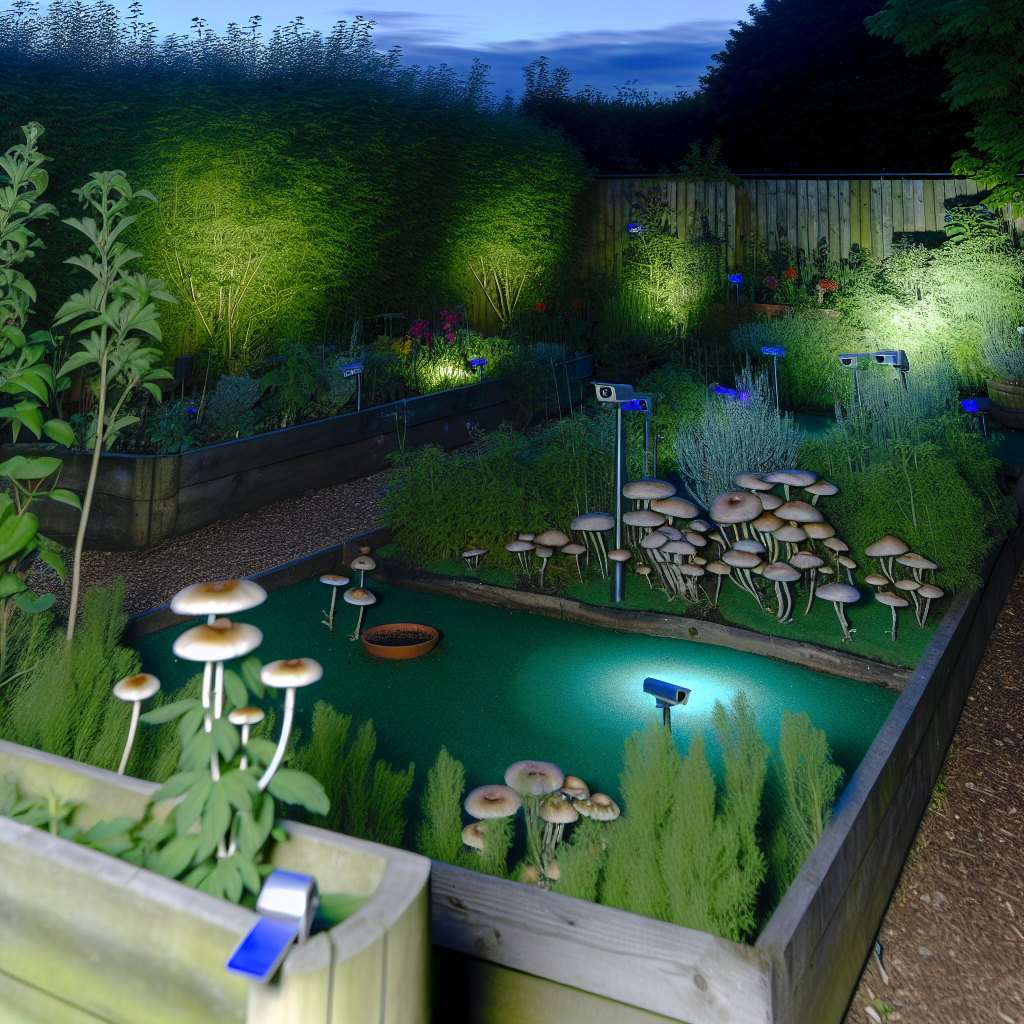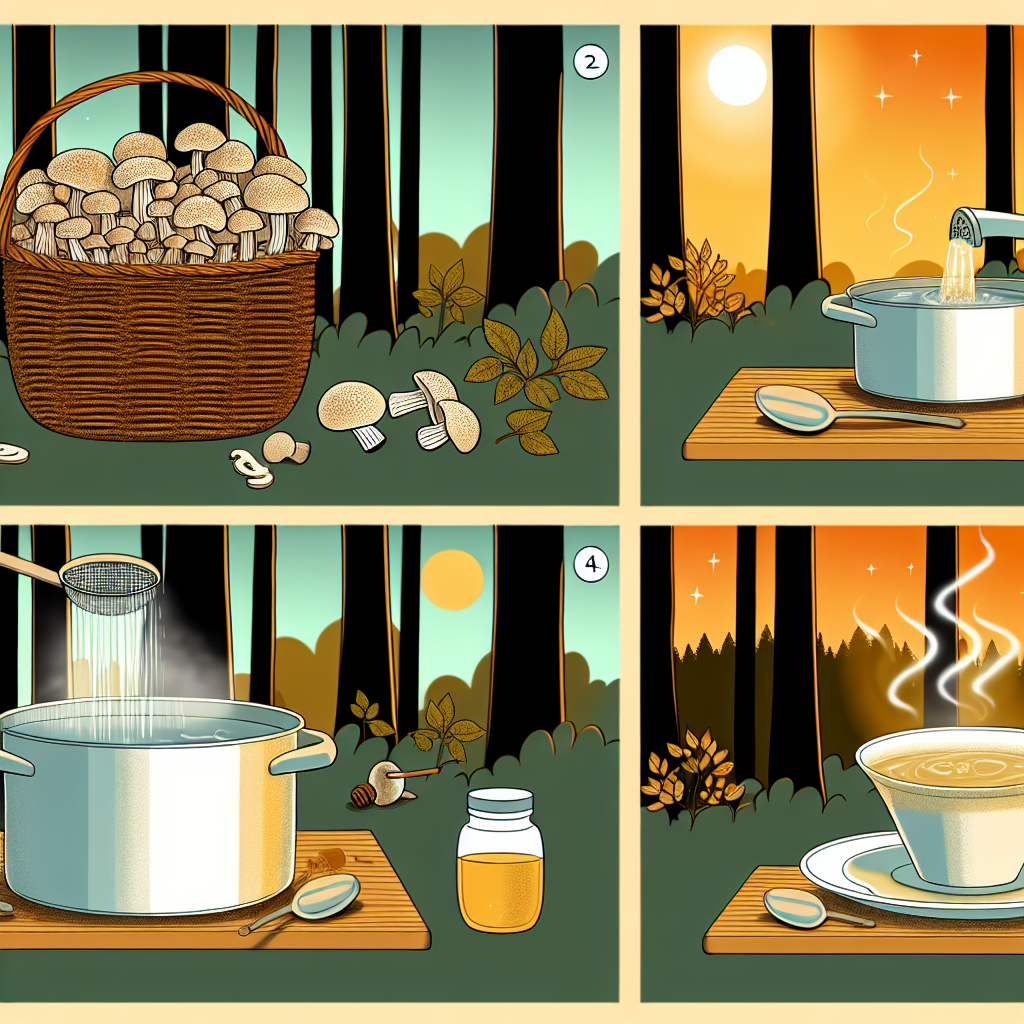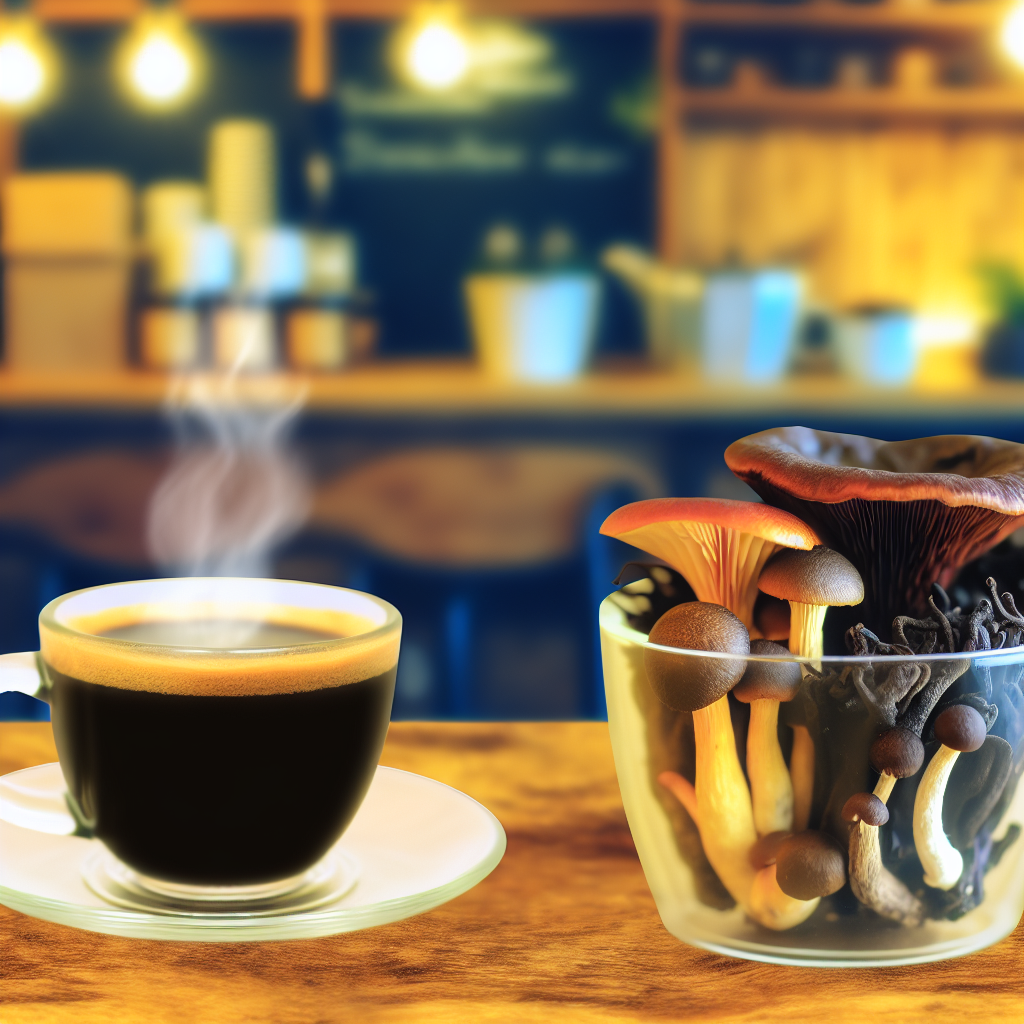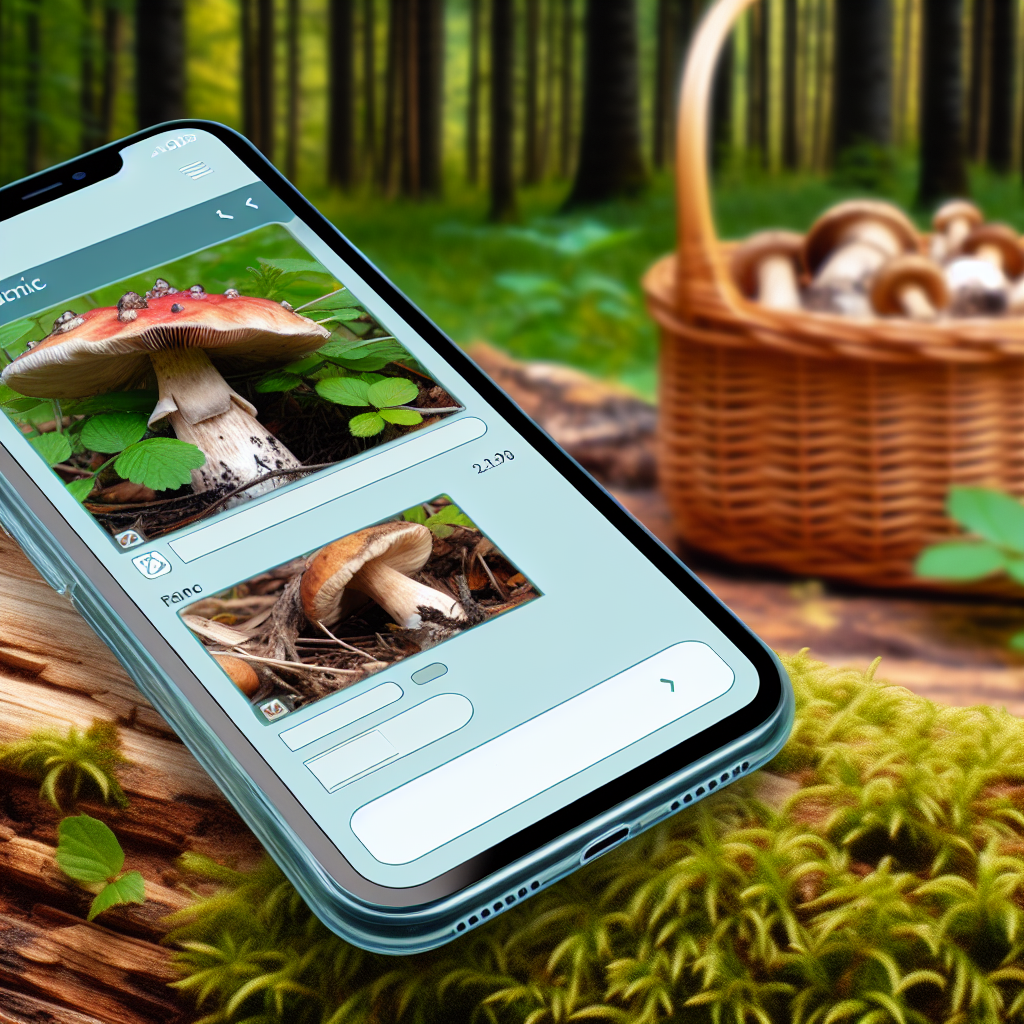Outdoor Psilocybin Cultivation: Stealth and Security Measures
Introduction
As global interest in psilocybin mushrooms grows—especially for their potential in mental health treatment—more individuals are exploring personal, outdoor cultivation. Psilocybin, a naturally occurring compound found in certain fungi, has shown promising results in treating depression, anxiety, PTSD, and end-of-life distress.
While commercial research expands, many people are choosing to grow their own mushrooms for reasons including cost savings, autonomy, and accessibility. Outdoor psilocybin cultivation is particularly attractive due to its low cost, reliance on natural conditions, and potential for high yields. However, since these mushrooms are still illegal in many regions, stealth and security are crucial.
Discretion is more than a convenience—it’s a necessity. Mushroom fruiting bodies can be mistaken for illegal substances, inviting unwanted legal, social, or theft-related consequences. Outdoor growers must use sophisticated tactics to remain undetected while ensuring the conditions required for healthy fungi growth.
Techniques such as embedding spores into natural mulches, disguising mycelium zones, and deploying natural camouflage around fruiting areas help growers stay hidden. At the same time, successful cultivation requires maintaining ecosystem balance—security can’t come at the cost of damaging the environment fungi depend upon.
Whether you are a therapist-supported patient, a spiritual psychonaut, or a mushroom hobbyist, this guide will help you establish secure, sustainable cultivation practices for outdoor psilocybin mushroom growing.
Scientific & Medical Perspectives on Outdoor Psilocybin Cultivation
Outdoor cultivation isn’t just about secrecy—it’s also a legitimate biological approach. The natural environment promotes complex and resilient fungal growth, especially for wood-loving species like Psilocybe azurescens and Psilocybe cyanescens. These species thrive in cool, forested habitats rich in decomposing wood and tend to yield more mushrooms when exposed to the seasonal cycles of moisture and temperature changes.
Unlike indoor mushroom cultivation—commonly done with Psilocybe cubensis—outdoor techniques allow the grower to mimic nature, which not only supports healthier fungal ecosystems but also reduces the risk of contamination and mold.
Scientific research shows profound therapeutic effects of psilocybin. A 2020 study by Johns Hopkins University published in JAMA Psychiatry found that more than 70% of patients in psilocybin-assisted therapy experienced major reductions in depression symptoms, with most retaining benefits for months after treatment.
Unfortunately, access to clinical-grade psilocybin remains highly restrictive. In response, many have turned to growing their own mushrooms as a form of grassroots healthcare activism and self-administered therapy. Although institutions like Johns Hopkins stress supervision and harm reduction, their research acknowledges that equitable access is still a major barrier.
Mycology luminary Paul Stamets, in his book Mycelium Running, argues for integration with permaculture—using outdoor settings and natural substrates. He suggests outdoor cultivation offers not only better fungal health but reflects how these mushrooms have evolved over thousands of years: symbiotically with Earth systems.
Security also has a place in fungal education. Outdoor mushroom enthusiasts share strategies that range from growing near non-psychoactive fungi to using ground cover flora like ferns and nettles. It’s essential to educate yourself on local laws, too. Cities such as Oakland, Denver, and Seattle have taken steps toward decriminalization, changing the legal landscape, though full legalization lags behind.
Ultimately, cultivating mushrooms outdoors taps into an ancient relationship between humans and Earth’s mycorrhizal networks, reminding us that healing starts beneath our feet.
Stealth and Security Measures to Consider
1. Location Selection
Pick a quiet, shaded woodland—ideally with rich soil and plenty of aging wood. Avoid known hiking trails, bike paths, or places with visible human traffic. Forest edges, overgrown nurseries, or abandoned orchards can offer the perfect blend of seclusion and suitable growth mediums.
2. Camouflaging Techniques
Conceal mushroom beds under organic materials like twigs, forest mulch, or leaf litter. Interplant with native greenery or non-edible mushrooms to hide your fungi’s presence. Break up large grow patches into smaller ones to avoid drawing visual attention.
3. Night Watering and Maintenance
Visit the grow site during dawn, dusk, or nighttime hours. Use soft shoes or walk barefoot to minimize noise. Carry water in odor-proof, non-reflective containers that don’t rattle. Minimize the use of artificial scent products to avoid attracting animal attention.
4. Trail Minimization
Avoid compacting soil by varying your route in and out of the site. Do not walk in straight lines; zig-zagging helps disguise human behavior. Consider using stepping stones or logs to avoid footpath erosion.
5. Use of Technology
Silent, low-energy trail cameras mounted discreetly in trees can monitor your crop’s safety. Ensure the camera uses anonymous storage or cloud services, and change SD cards carefully. Motion-activated models conserve battery and avoid continuous filming.
6. Legal Awareness
Constantly research updates regarding psilocybin legality in your municipality. Decriminalization impacts law enforcement behavior but doesn’t grant legal permission. Resources like MAPS and Johns Hopkins Psychedelic Center are great for monitoring legislative progress.
7. Mushroom Integration
Companion planting is your ally. Species like nettles, ferns, and thorny grasses can obscure your site while deterring intruders. These plants also retain soil moisture—beneficial for mushrooms—and block direct light to maintain your fungi’s ideal growth temperature.
8. Education Over Expansion
Start small and understand your microclimate, substrate needs, and species behavior. Bigger grows attract more attention, are harder to maintain, and present higher legal risks. Focus on cultivating for health and personal healing—not for sale or mass distribution.
Conclusion
Outdoor cultivation of psilocybin mushrooms is more than a horticultural venture; it’s a personal and cultural act of restoration. Success comes from respecting both the environment and the legal conditions in which one operates. By using discreet, environmentally attuned practices to grow safe and healing medicine, you protect both your freedom and your well-being. This mindful and informed approach to outdoor mycology offers a pragmatic, sustainable path for those seeking to integrate plant medicine into their lives—rooted in science, protected by stealth, and guided by purpose.
Concise Summary
Outdoor cultivation of psilocybin mushrooms offers an affordable and sustainable method for therapeutic use, especially where legal access is limited. Species like Psilocybe azurescens thrive in natural woodland settings, and the therapeutic benefits of psilocybin are increasingly supported by major research institutions. Stealth tactics—camouflage, remote location selection, discreet watering, and legal awareness—are essential to avoid detection and ensure success. Cultivating with ecological integrity and cautious privacy allows enthusiasts to grow sacred medicine responsibly.
References
1. JAMA Psychiatry: Psilocybin for Depression
2. International Journal of Drug Policy: Psychedelic Medicine Access
3. Paul Stamets: Mycelium Running
4. Johns Hopkins Center for Psychedelic & Consciousness Research
5. MAPS: Psilocybin Research & Integration
6. City of Oakland Decriminalization Policy

Dominic E. is a passionate filmmaker navigating the exciting intersection of art and science. By day, he delves into the complexities of the human body as a full-time medical writer, meticulously translating intricate medical concepts into accessible and engaging narratives. By night, he explores the boundless realm of cinematic storytelling, crafting narratives that evoke emotion and challenge perspectives. Film Student and Full-time Medical Writer for ContentVendor.com




